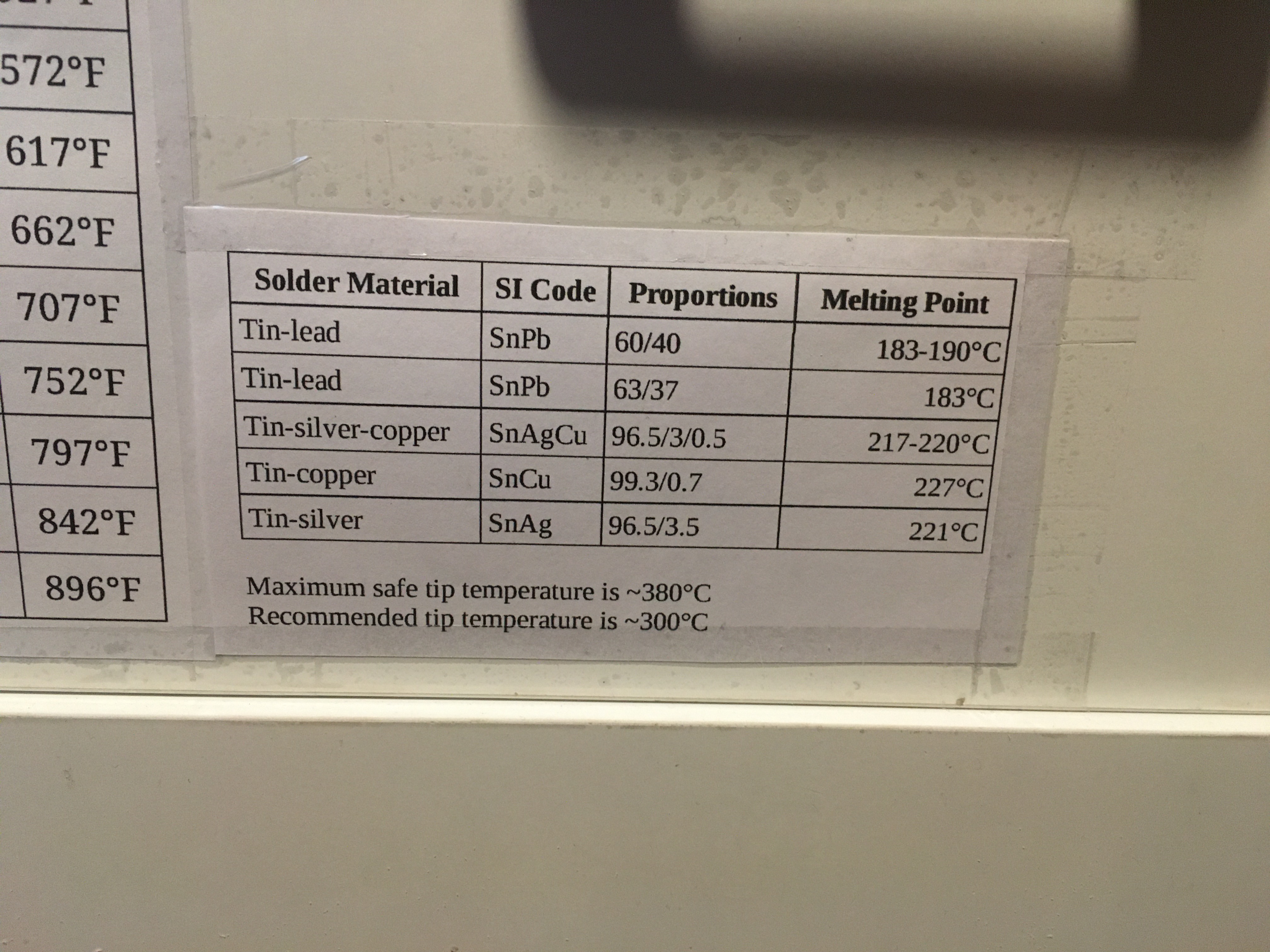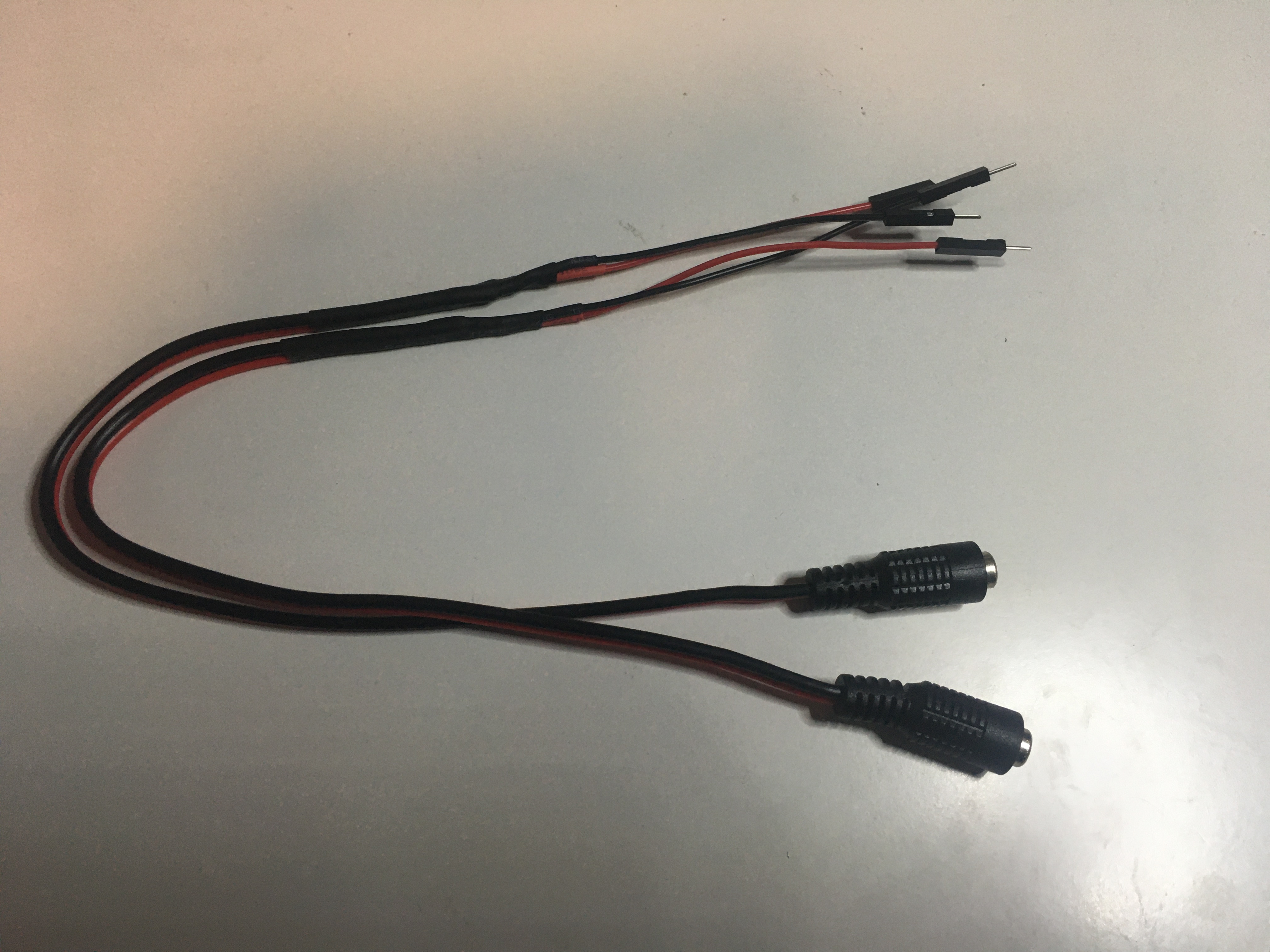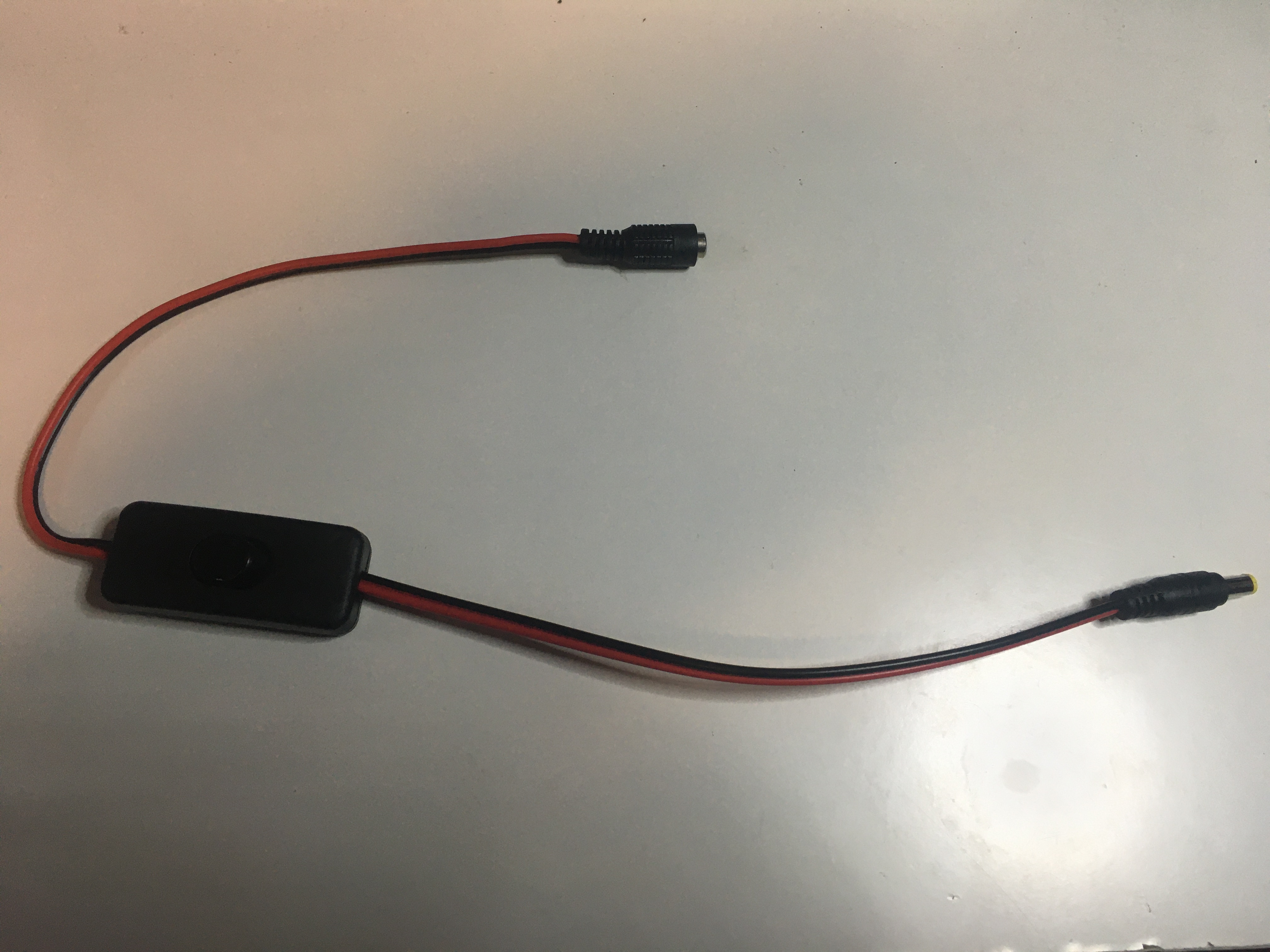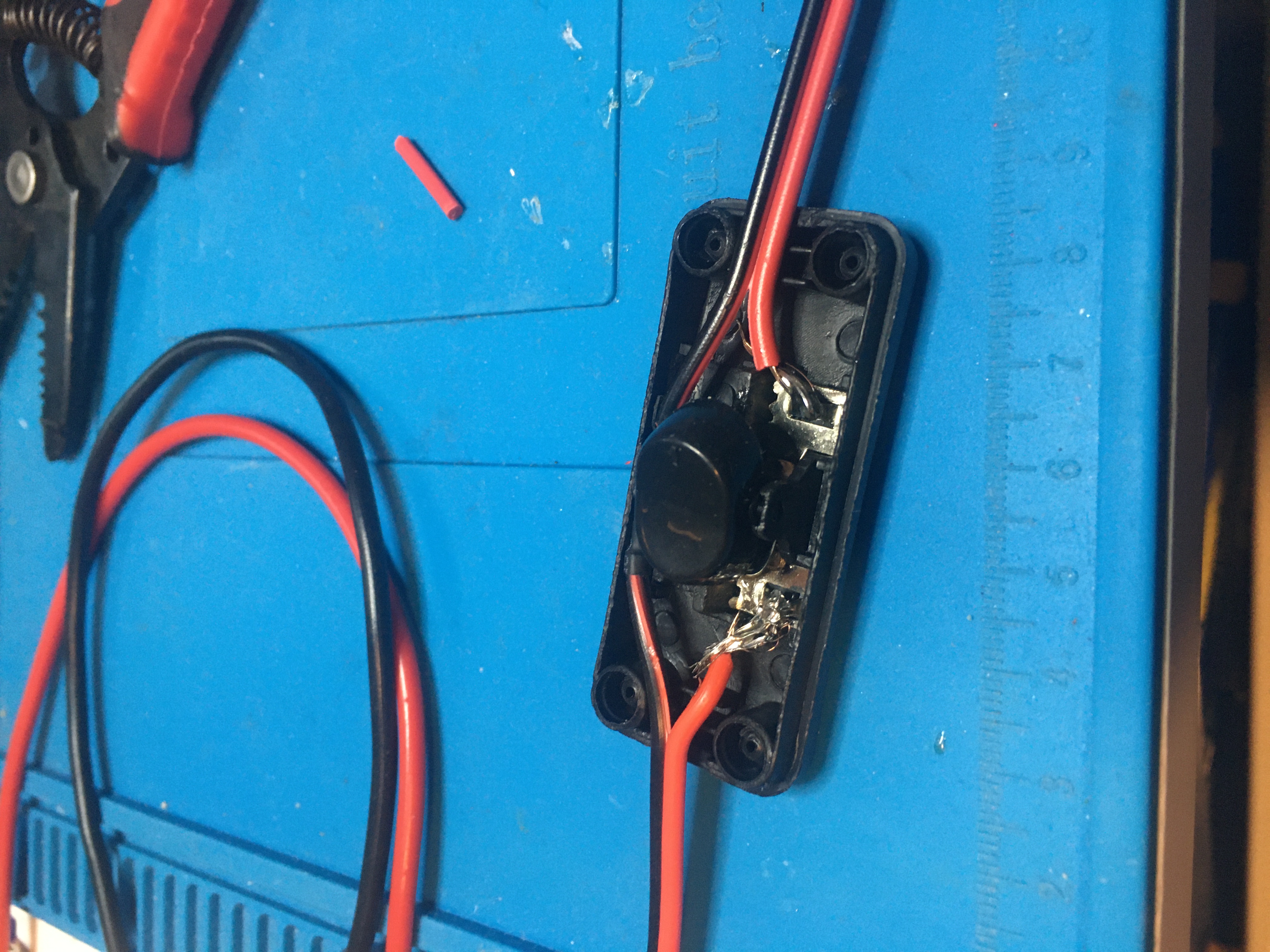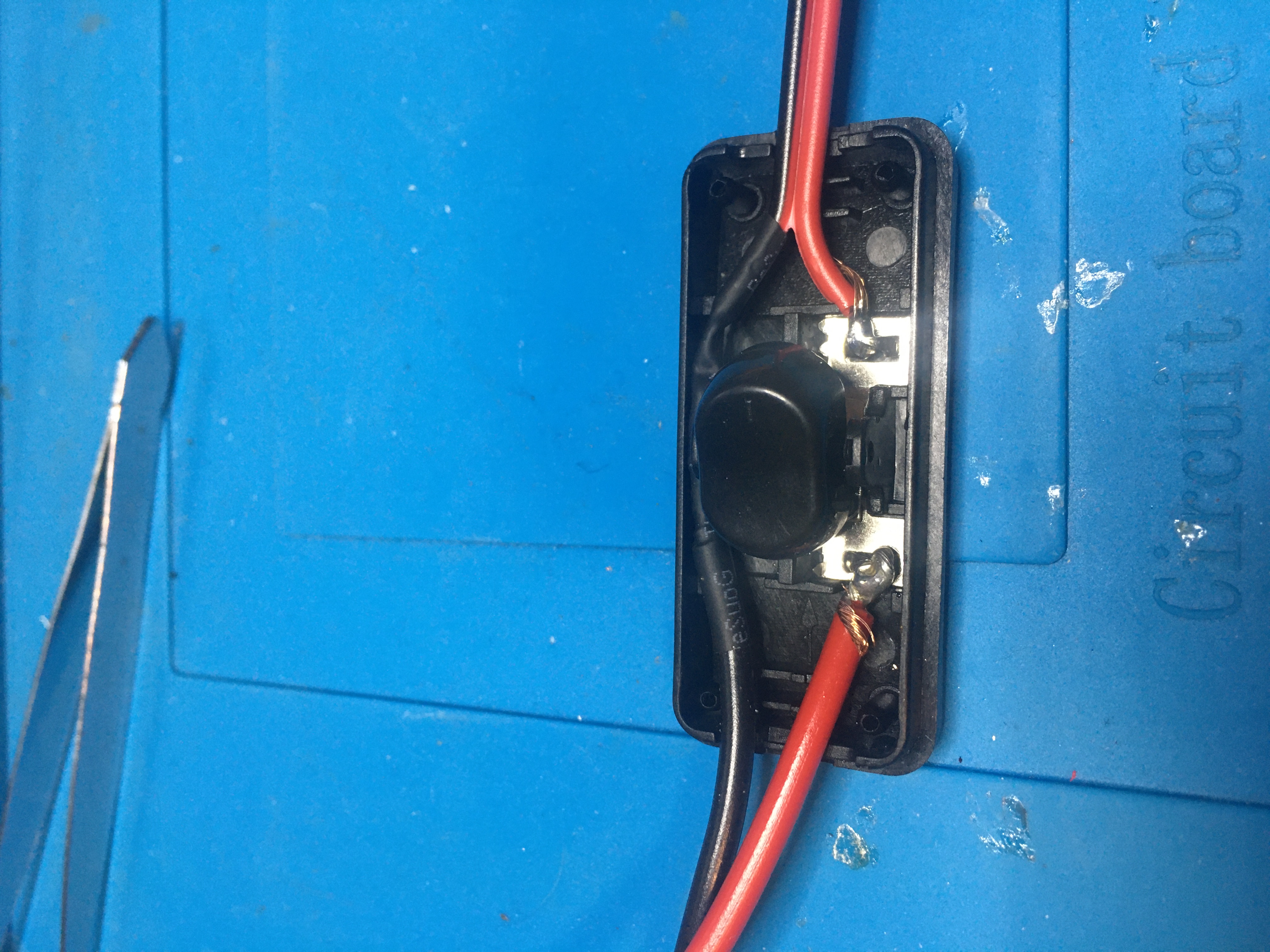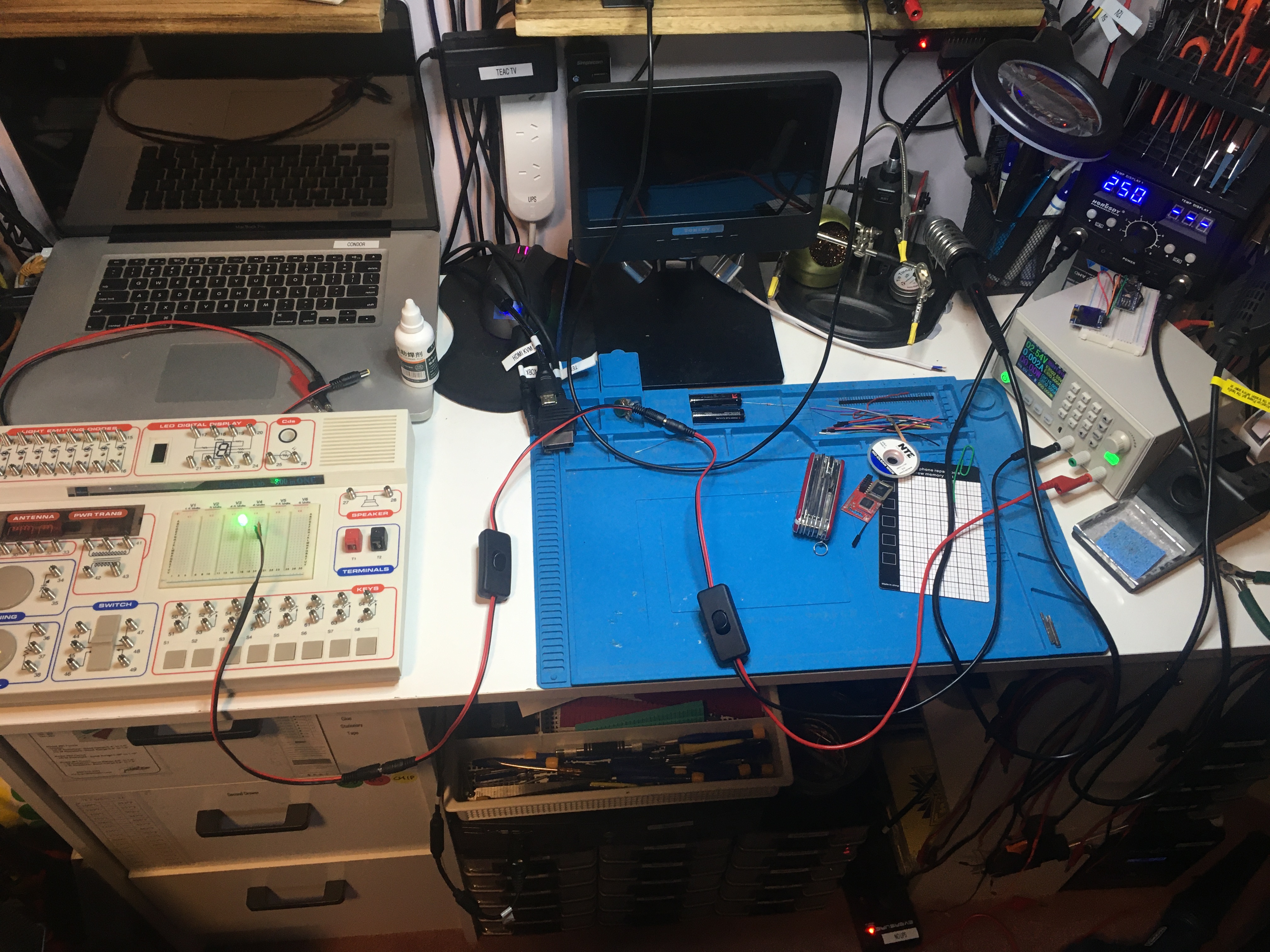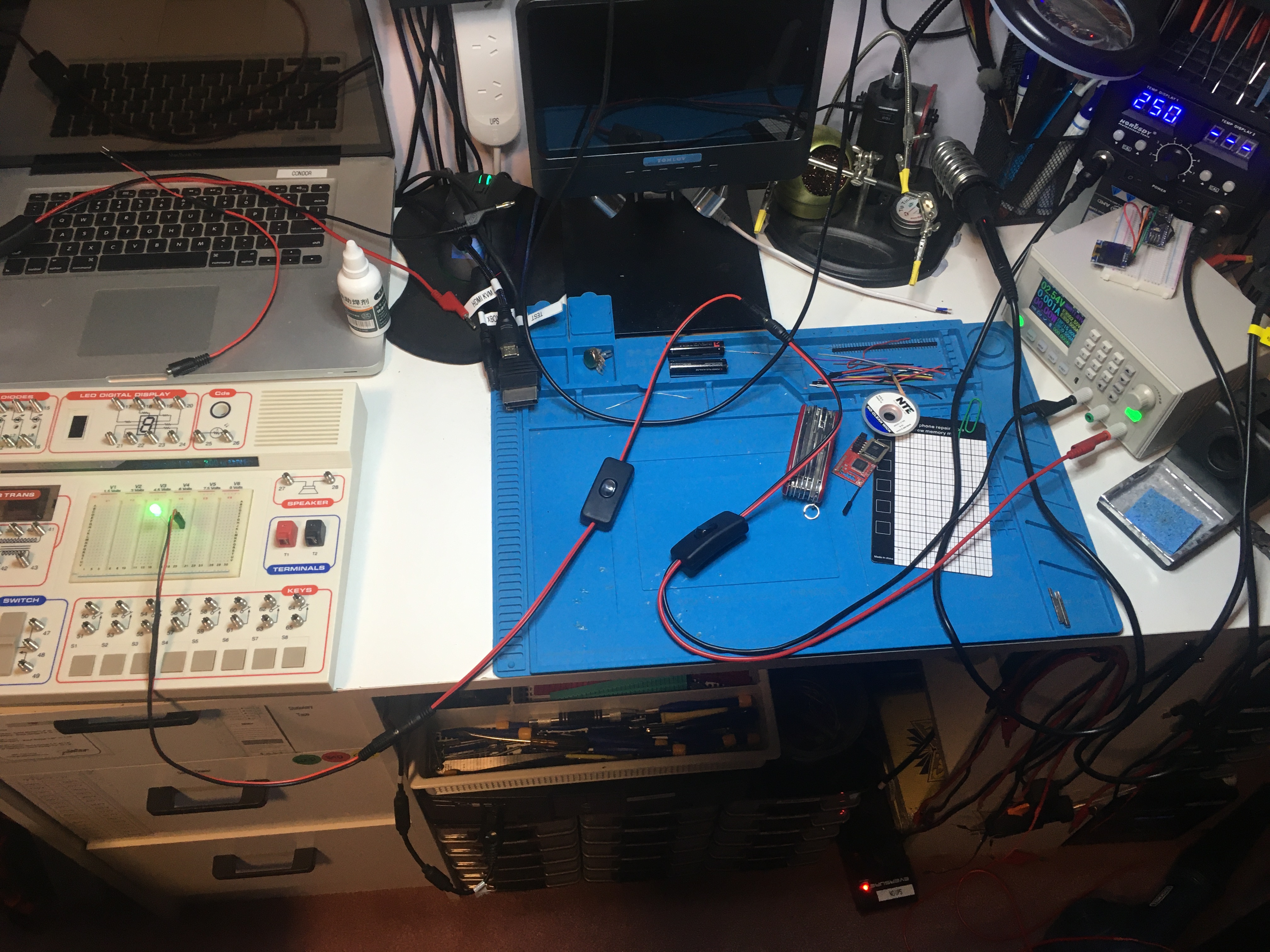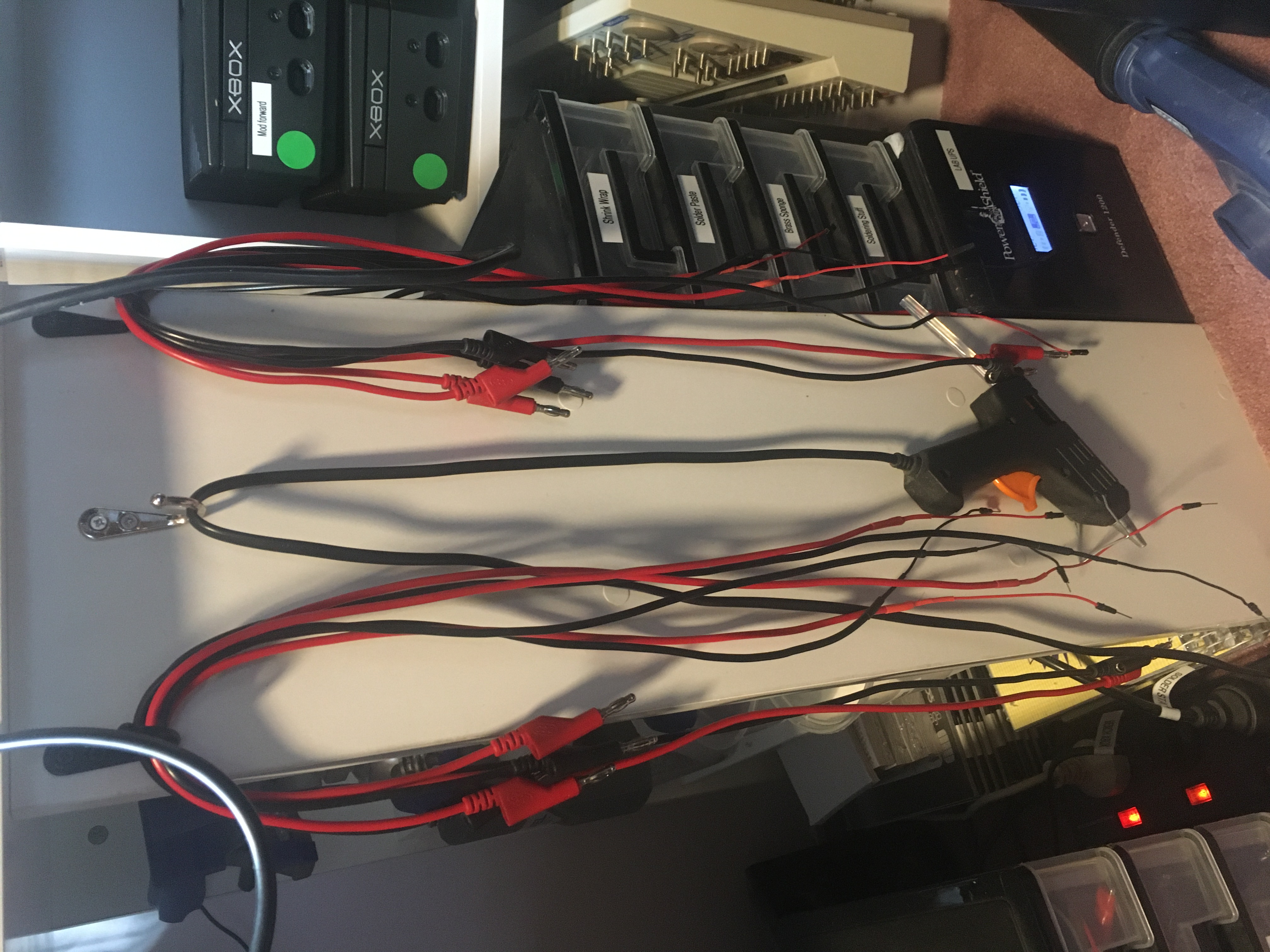Category Archives: Electronics
Shopping!
I documented my shopping list. Now all I need is a cool eleven grand…
Why can’t two series-connected diodes act as a BJT?
I’ve read this before, but I read it again today: Why can’t two series-connected diodes act as a BJT? It has a really good and detailed answer, and also a follow-up.
The first answer above referenced content available for free from here: Modern Semiconductor Devices for Integrated Circuits. The dead tree version is available from Amazon but it costs much more than “free”.
B5819W vs B5819WS
Over on AliExpress I discovered the B5819W and B5819WS Schottky diodes. I read the B5819W datasheet and the B5819WS datasheet but it was hard to pick the difference.
So I asked ChatGPT, you can see that conversation below.
Basically the difference is in packaging size, and also the B5819WS, which is smaller, can operate at a slightly higher temperature.
- What’s the difference between B5819W and B5819WS diodes?
- B5819W and B5819WS are both Schottky barrier diodes manufactured by STMicroelectronics.
The main difference between the two diodes is their package type. B5819W is available in a SOD-123 package, while B5819WS is available in a SOD-323 package. The SOD-323 package is smaller in size compared to the SOD-123 package, which means that the B5819WS diode may be suitable for applications where board space is limited.
In terms of their electrical specifications, both diodes have a maximum reverse voltage of 40V, a forward voltage drop of 0.38V at 1A, and a maximum forward current of 1A. The main difference between the two diodes is their maximum junction temperature. The B5819W has a maximum junction temperature of 125°C, while the B5819WS has a maximum junction temperature of 150°C.
In summary, the main difference between B5819W and B5819WS diodes is their package type and maximum junction temperature. The electrical specifications of both diodes are largely similar.
- If I had to stock only one type of diode, would I stock B5819W or B5819WS?
- If you had to stock only one type of diode, whether to stock B5819W or B5819WS would depend on the specific requirements of your application.
If space on the circuit board is not a constraint and the maximum junction temperature of 125°C is sufficient for your application, you may consider stocking B5819W. On the other hand, if board space is limited or if the application requires a higher maximum junction temperature of up to 150°C, you may consider stocking B5819WS.
It is important to note that there may be other diodes available that may better suit the requirements of your application, and it is always recommended to consult the datasheet and application notes to ensure that the diode you choose is suitable for your specific needs.
Power cables
I’ve made another batch of cables. These ones are power cables. For connecting my bench power supplies to breadboards.
I made two sets of banana plugs to DC male with inline switches:
And two sets of DC female to jumper pin:
And one set of DC female to DC male with inline switch:
Before I made these cables I figured out that it’s best to install the SPST switch into the positive wire.
Soldering iron temperature
CD-ROM project
Note to self: I want to get two of these: Audio Playback Adaptor for CD-ROM Drives Kit Back Catalogue and a back issue of Silicon Chip November 2007 edition. That copy of Silicon Chip has a write-up on the CD-ROM kit.
New cables
I made some new cables (the ones on the right). They’re banana plug to square socket. They complement the ones on the left, which are banana plug to pin jumper. The pin jumpers can plug into the square sockets.
I also installed the two black hooks to hang them on. The silver hook with the hot glue gun on it was already there.
For each type there are two pair of short ones and one pair of long ones.
SPI: The serial peripheral interface
Watched this one from Ben Eater: SPI: The serial peripheral interface. I found it while watching this one: Hacking a weird TV censoring device, which was kind of hilarious, he reverses a profanity filter and finds its dictionary.
I noticed Ben Eater has a Keysight DSOX1204G Oscilloscope, a pretty nice looking bit of kit. Oh dear, he also seems to have a Keysight DSOX4024A Oscilloscope, which is an even nicer looking bit of kit.
When I have some time I’m gonna get some of these BME280 knockoffs and see if I can play along with the SPI video.
All You Need To Know About ESR METER
Enjoyed watching this one: All You Need To Know About ESR METER To Fix Stuff. How To Use Test Capacitors Inductors Short Finder.
Mentioned were:
ESR stands for Equivalent Series Resistance. You can measure it for capacitors and inductors.
In the video the presenter makes this note: capacitors with these symptoms: double rated capacitance and low ESR, will exhibit very high DC leakage current. He says you should always measure capacitance and ESR when testing caps.
The formula for measuring microhenrys with a 100 kHz ESR meter is: R = 0.628 L; where R is in Ohms (Ω) and L is in microhenrys (µH). So if we measure the ESR we can calculate the inductance.
In the back end of the video he explains how to use an ESR meter to find shorted out MOSFETs in the power stages on a motherboard.

